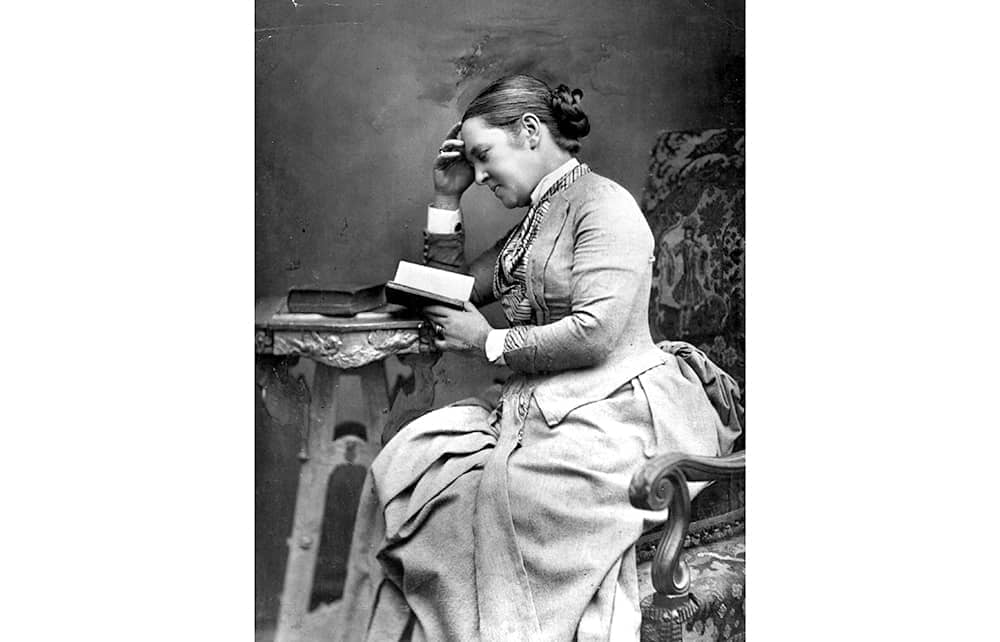The first three women doctors on the medical register in the UK had not only to study harder than their male counterparts but also to contort themselves in almost impossible ways, jumping from city to city and country to country in order to gain the scientific knowledge and clinical skills that would allow them to progress. In fact, even after reaching standards where men could easily have graduated, they had to plead to be allowed to sit the exams.
Of course, misogyny was not the only bigotry in the 19th century. To black slave-workers, these wealthy white women, who were encouraged to lead pampered lives rather than work in such a ‘male’ field, were lucky. So although the history of discrimination in medicine is fascinating and important, much of it is simply a reflection of the injustices of the time.
Having reached standards where men could easily have graduated, women had to plead to sit the medical exams
Olivia Campbell begins her book by discussing women who worked in healing for thousands of years without receiving recognition. She goes on to list shamans, wise women and witch doctors, although not all of these were equally evidence based; nor, in fact, was much of medicine in the 19th century. But her point is that when thousands of men could enter medical schools to study the emerging sciences, work in hospitals and graduate as doctors, the trials these first three women underwent were shocking. They paid far more than male students to attend lectures, where they were jeered at; their registration at medical school was reneged on; they were refused admission to clinical wards, and had to put up with tantrums from the medical establishment. Joseph Lister and the medical press do not come across well.
The three women were Elizabeth Garrett Anderson (called ‘Lizzie’ throughout), Elizabeth Blackwell (‘Elizabeth’) and Sophia Jex-Blake (‘Sophia’). Herein lies a problem – that a book which deals largely with sexism refers to men by their surnames but reduces the women to pretty first names. Further playing to the male gaze, we are told that ‘Elizabeth was a frightfully small woman’, with a ‘thin nose’, ‘sweet voice’ and ‘soft, fine hands’; ‘short wisps of her wavy reddish-blond hair escaped from its pulled-back confines and spilled across her forehead’. When a dying friend suggested to Elizabeth that she should study medicine, we are told she found it ‘difficult to hide her shock behind her wide-set, blue-gray eyes’. Behind that promising medical history cover lies a Mills & Boon.
Such inanities often made my heart sink. Between genuinely well-researched sections on societal conditions, the medical advances being made (notably the discovery of asepsis) and these women’s struggles to sit their MDs, there are regressions to trivia: ‘She parted her long dark hair down the middle and pulled it back in a woven nest of braids or into a wide, flat bun’; ‘she inherited her mother’s short stature and plain features: thin eyes, a long, oval face, frizzy hair and blunted nose’; and ‘her closest friend was a small, plain woman, whose mousy, prim appearance belied her caustic wit’.
I understand that the history of fashion and social mores is interesting, but gushing about hair and eyes or commenting unfavourably on women’s looks has no place in a history book. There are frequent surmises (there is no evidence that Blackwell had a ‘high libido’), and Campbell clearly does not know that the scarlet fever Sophia contracted (‘she was a terrible patient’) caused the debilitating sequelae of rheumatic fever mentioned a few pages later.
Excellent research, irritating writing.






Comments